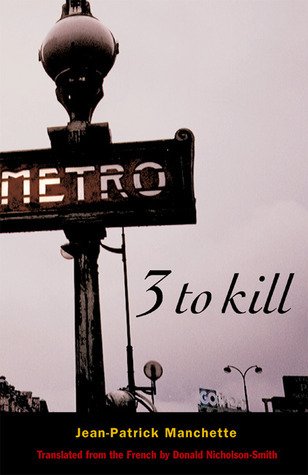Books I Read November 14th, 2023
Last week I cooked, baked, wrote, lifted, hiked, bought some records, and read the following books...
Arabesques by Anton Shammas – A novel about the complexities of identity and history written in Hebrew from a Palestinian Christian. As the name suggests, this is a complex, contradictory book, full of half lies and heavy truths. I liked it for its peculiar style and thoughtful humanism.
Open Closed Open by Yehuda Amichai – A mention in the above led me to this collection of poems by the first poet to work in modern Hebrew. Hopeful and kind.
I want to sing to the trees
that do not shed their leaves and that suffer
the searing summer heat and the cold of winter
and to human beings who do not shed their memories
and who suffer more than those who shed everything.
But above all, I want to sing psalm of praise
to the lovers who stay together for joy,
for sorrow and for joy.
To make a home, to make babies, now and in other seasons.
\
The Nine Guardians by Rosario Castellanos – The daughter of gentry in deep rural Mexico, as a child Castellanos witnessed the final obliteration of the system of Indian slavery which had existed in the new world, to some degree or another, for some four centuries. A privileged if miserable position by which to examine greed, bigotry, evil, family, society, Catholicism, Mexico, progress, suffering, and the grim and bloody workings of fate. Impressive stuff, Castellanos reputation is well-earned.



















































































































